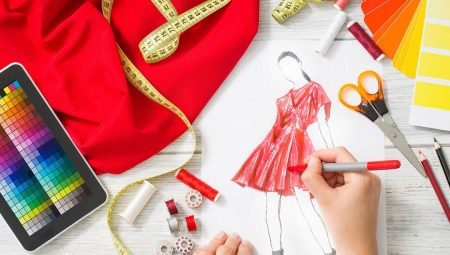Fashion designer is a creative profession, which is popular among applicants. Despite the fact that in order to become a world-renowned professional it is necessary to have innate talent and hard work, every year thousands of yesterday's schoolchildren go to universities to study in this direction.
What are the features of the profession? What are the advantages and disadvantages of a clothing designer? You will find answers to these and some other questions in our article.
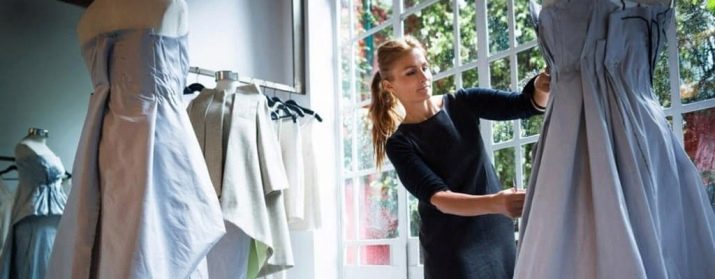
Profession Features
The profession of fashion designer arose a long time ago - at the turn of the XIX-XX centuries. At that time, the production of clothing acquired a massive and large-scale nature, respectively, specialists in this industry were needed. Designers of that time sought to create wardrobe elements that would combine a number of useful qualities and characteristics, for example, practicality, aesthetic appeal, etc. Thus, we can conclude that a brief description of the work of a clothing designer is that a specialist in this profile is working on creating wardrobe elements that would meet all the requirements of modern times.
It should be noted that today, clothing designers are divided into several large groups: some of them work on creating clothes that can only be worn on the catwalk or in other exceptional cases (high fashion), while others do things that are wearable in everyday life.
The work of the designer itself is complex and consists of many different stages.However, they do not necessarily go in a strictly defined order. The profession of designer is creative and creative, so its representatives are in constant search of inspiration.
In addition to the task of creating clothes, designers are also engaged in the fact that they are looking for buyers of their goods. They also develop advertising campaigns and market their art.
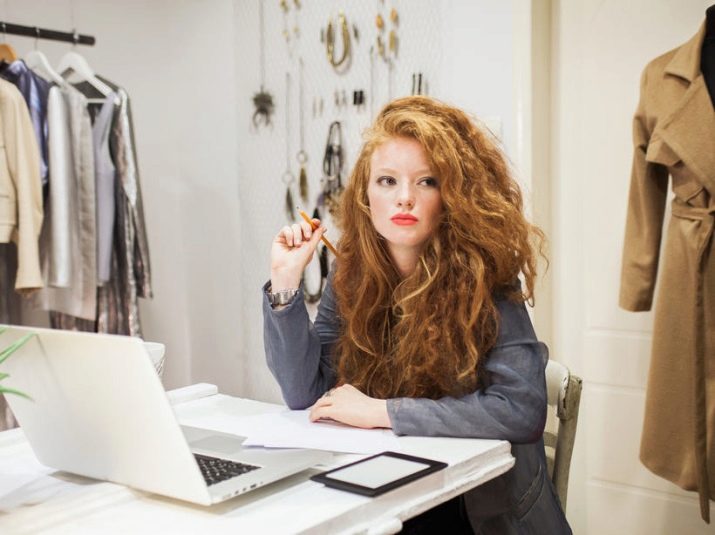
Advantages and disadvantages
The profession of designer, being quite popular, is of interest to young people. However, before deciding whether you are ready to connect your whole life with such activities, you need to familiarize yourself not only with the positive features of the designer’s work, but also with all the shortcomings and difficulties that a specialist may encounter on a daily basis.
First of all, we will discuss the advantages of the profession.
- It is impossible not to mention the fact that designers are people who are not afraid to express themselves, to demonstrate their creativity and their vision to the whole world. Thus, engaging in such activities, you will develop and improve as a person.
- The most successful professionals become world famous and gain popularity, respectively, their incomes increase significantly. You can earn from 100 thousand rubles a month and this is far from the limit.
- Designers can choose from a variety of employment options and methods. So, for example, a specialist can get a job in an atelier or workshop, work in a garment factory, and open his own business.
- Ability to work at home Helps the designer to combine their career growth with parenting and family care.

However, the disadvantages of the profession should be mentioned.
- In order to gain wide fame and recognition, it is necessary to work hard and for a long time.. It is not easy for beginners in this profession to earn credibility among older and experienced colleagues.
- High incomes are characteristic only of world stars. If you work as a full-time designer in a regular garment factory or in a provincial atelier, then your salary will be quite low.
- Designers who work on their own know how difficult it is to find customers. And the possibility or impossibility of keeping yourself and your family directly depends on the number of orders.
Thus, the profession of clothing designer is characterized by a number of characteristics, not all of which are positive. If you are thinking about getting a similar specialty, then you should try to evaluate your chances of success as objectively as possible.
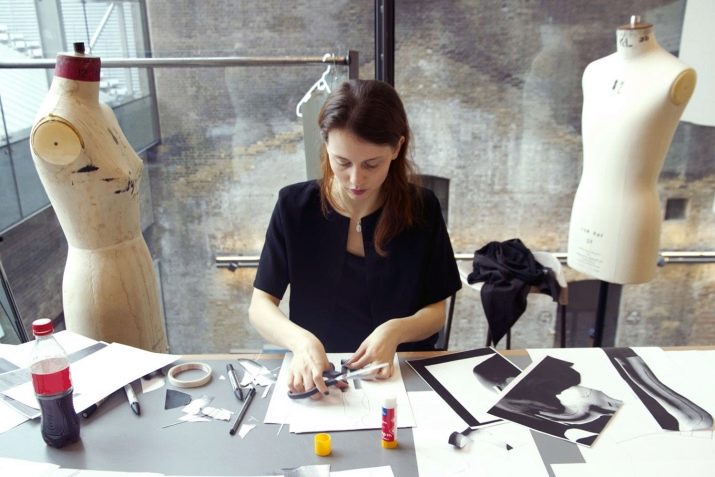
Knowledge and skills
In order to get a job as a designer or to start your own business, It is important to have a range of professional knowledge, skills and abilities. At the same time, specific key skills may vary depending on what specific area you plan to work in (to be a designer, create wedding dresses, design men's, women's, children's, outerwear, etc.).
At the same time, there is a standard set of universal skills that will be useful to everyone. Among them are the following:
- sewing and tailoring skills;
- know the history of the costume;
- navigate in different styles and directions of design;
- be able to draw;
- be able to use specialized computer programs;
- understand fabrics and accessories;
- know different technologies and techniques of tailoring;
- have a creative vision and creativity;
- be able to negotiate;
- have a strategic type of thinking (the ability to predict the final result and understand how the product will turn out in the end);
- stress resistance;
- marketing knowledge;
- sociability;
- ability to make a decision and bear responsibility for it.
If you are finding a job and filling out a resume, then you should not list all these qualities, you should highlight some of the most characteristic for you and those that are useful in a particular position in the exercise of their professional duties.
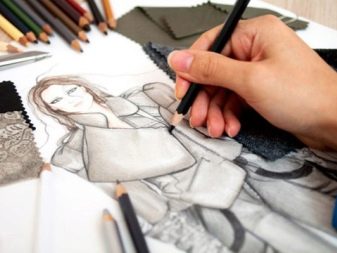

Training
Depending on where you want to work in the future, the required level of education may vary. So, you can go to universities or colleges, study courses or even be self-taught.
If you decide to receive a higher or secondary vocational education, then the first thing you should do is decide on a specific university. At the same time, it is recommended to give preference to institutions that are located in large cities or in the capital and are respected among the professional design community. Choose several organizations and feel free to submit documents to them. Wherein It is also recommended that you visit a higher educational institution in advance, communicate with representatives of the admissions committee, clarify what subjects you need to take, and also find out any other information that interests you.
Keep in mind that such a training option will require not only a lot of effort from you, but also quite a long time - at least 4 years.

Another option is courses. They can be both refresher courses and online training. The duration of the courses compares favorably with higher education, but, on the other hand, they may not be taken seriously by some employers.
Regardless of what kind of education a clothing designer received, he must constantly learn and improve, follow all trends and new products, attend thematic conferences and master classes.

How to make a portfolio?
The designer’s portfolio is the document that every specialist will need along with a resume. The portfolio should contain examples and samples of your work, drawings, photographs, customer reviews, etc.
In order to properly compose a professional portfolio, you need experience. In this regard, novice designers very often participate in projects at no cost or for a purely nominal fee, so that later they can demonstrate their results to future customers.
Portfolio can be both in electronic form and in the form of paper copies. One way or another, but it should include examples of your work in a wide variety of styles and directions.
However, despite such a variety of projects, the employer should be able to determine your individual style, your zest, and what will distinguish you from all other designers.
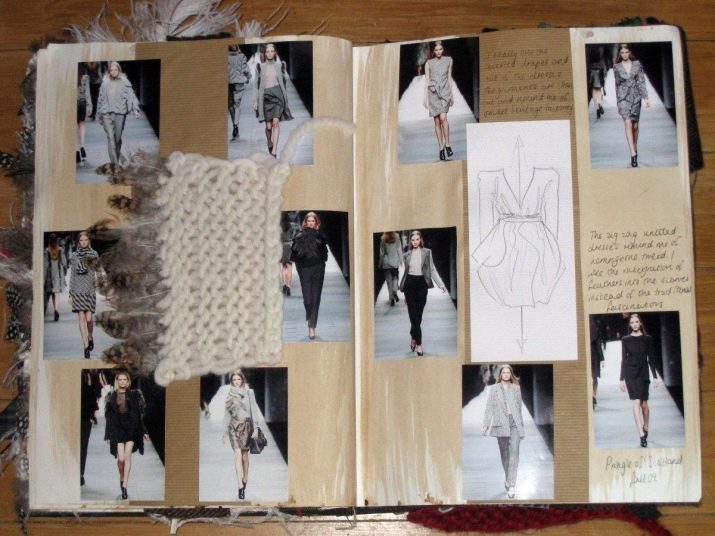
Resume Writing Rules
A clothing designer’s resume is a business document that contains concentrated information about a designer as a highly qualified specialist in his field. This document should be structured and concise, which will allow the employer to quickly and easily learn about all your achievements and professional successes.
So, traditionally, a designer’s resume contains the following sections:
- personal information (name, marital status);
- contact details (place of residence, phone, email address, instant messengers);
- education (chronological listing of all graduated institutions indicating the specialty and time of study);
- work experience (name of companies and positions, hours of work);
- professional skills (specialized design skills);
- achievements (that which will become your advantage in comparison with other applicants);
- personal qualities (it’s important for the employer not only how skilled you are, but how you fit into the team and whether you can work as a team);
- hobbies and hobbies (you must be a diverse personality);
- additional information (any relevant data).
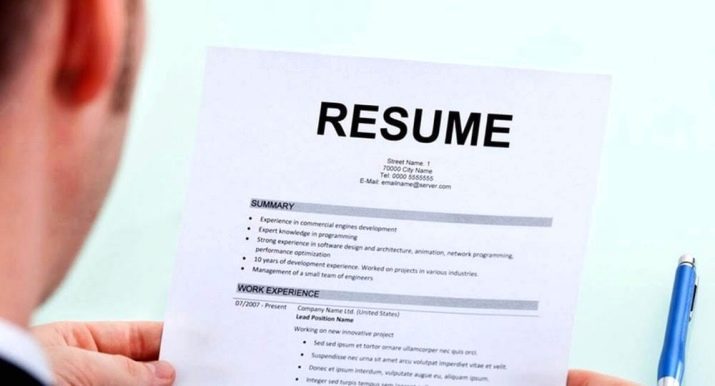
Thus, based on the foregoing, we can conclude that the clothing designer is a creative and interesting profession that requires great talent and hard work. However, those who are truly creative and creative personality will surely reach the heights.
